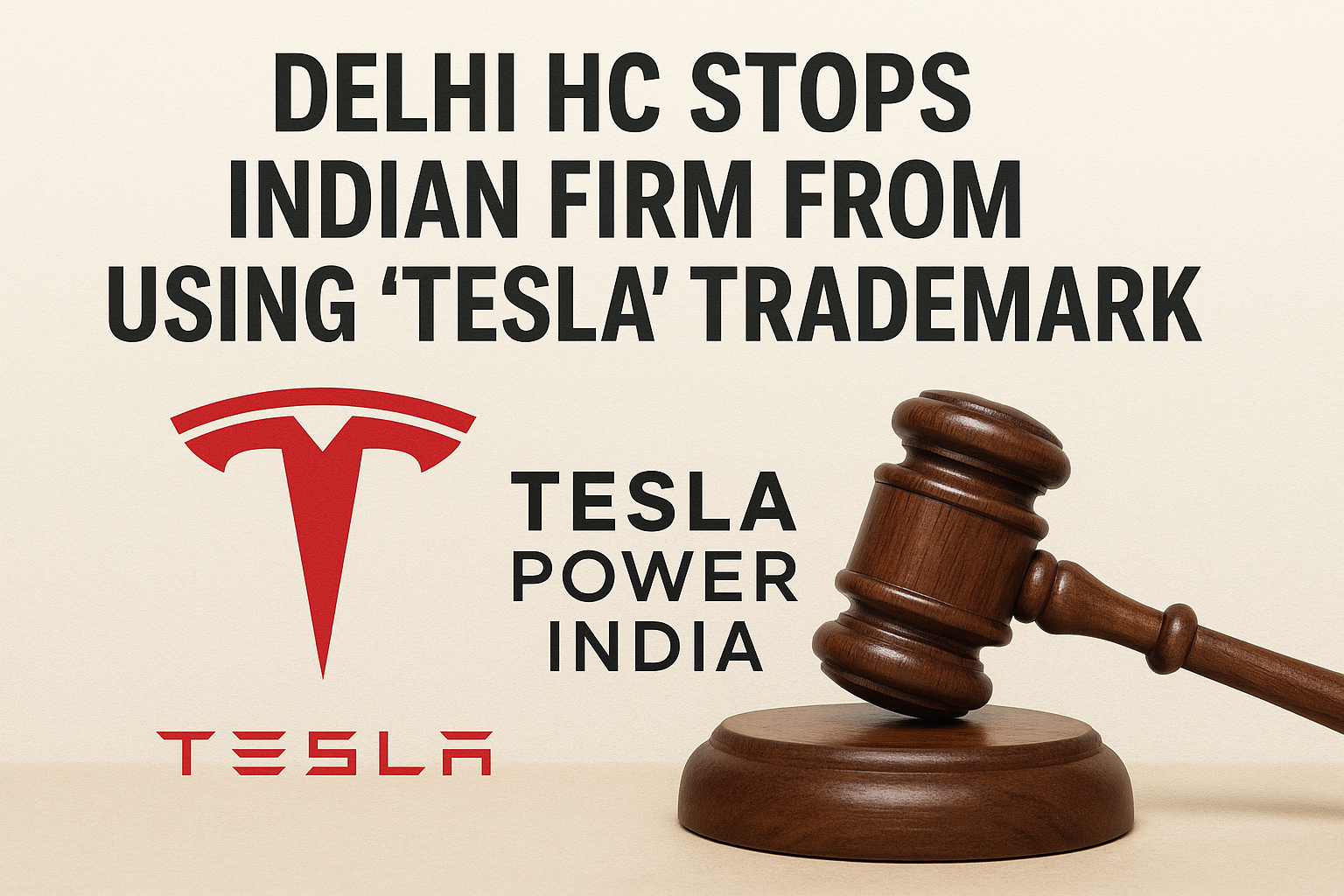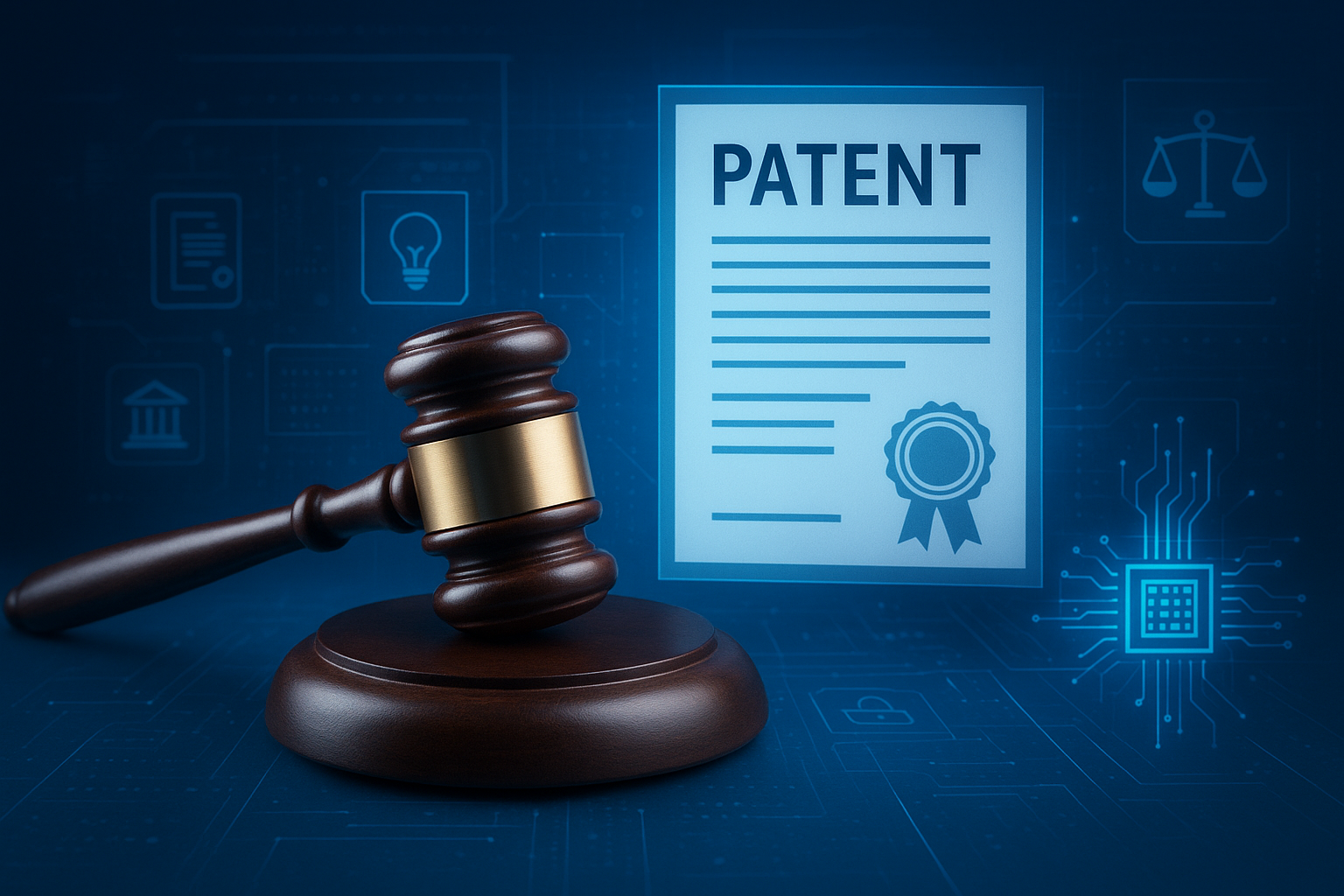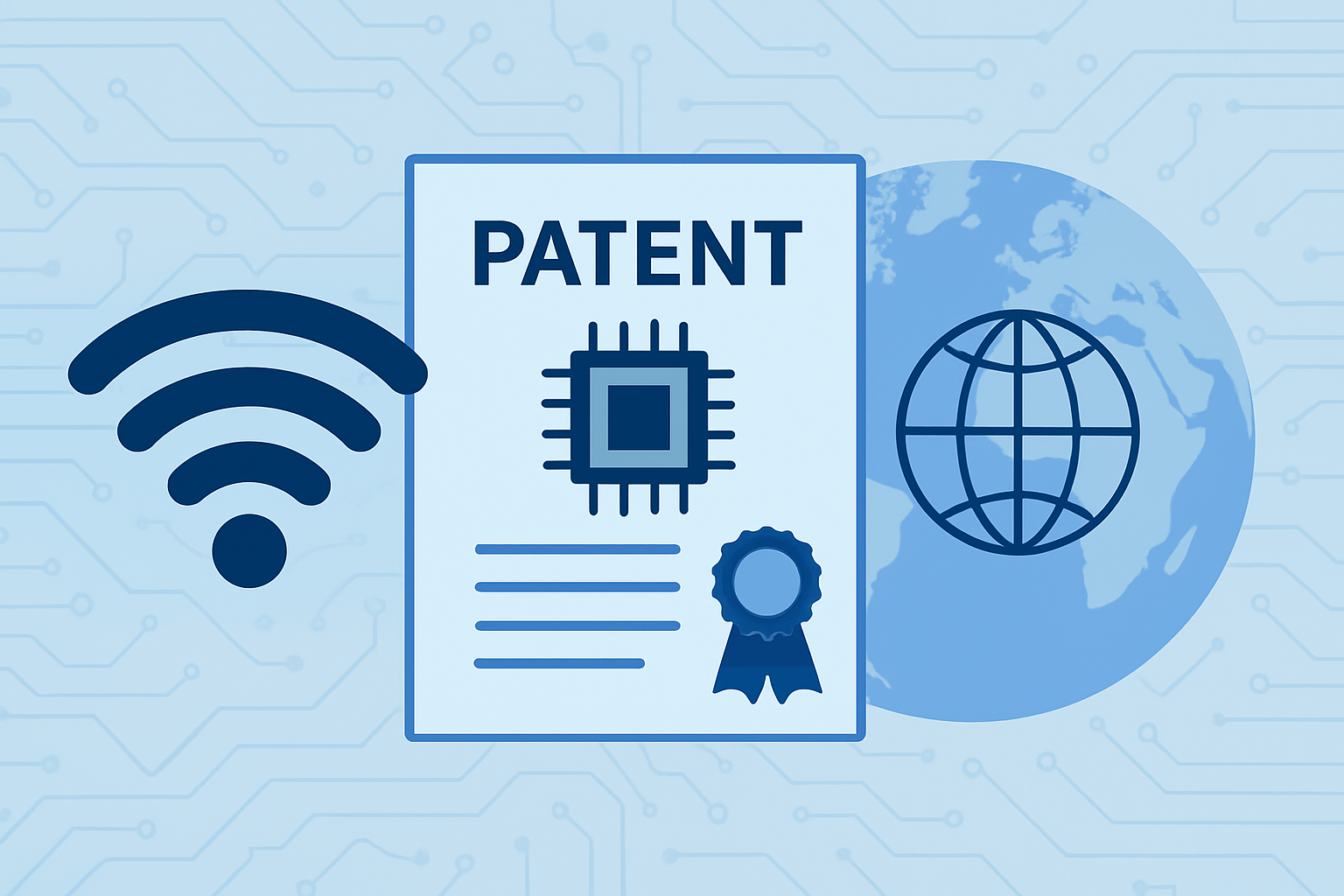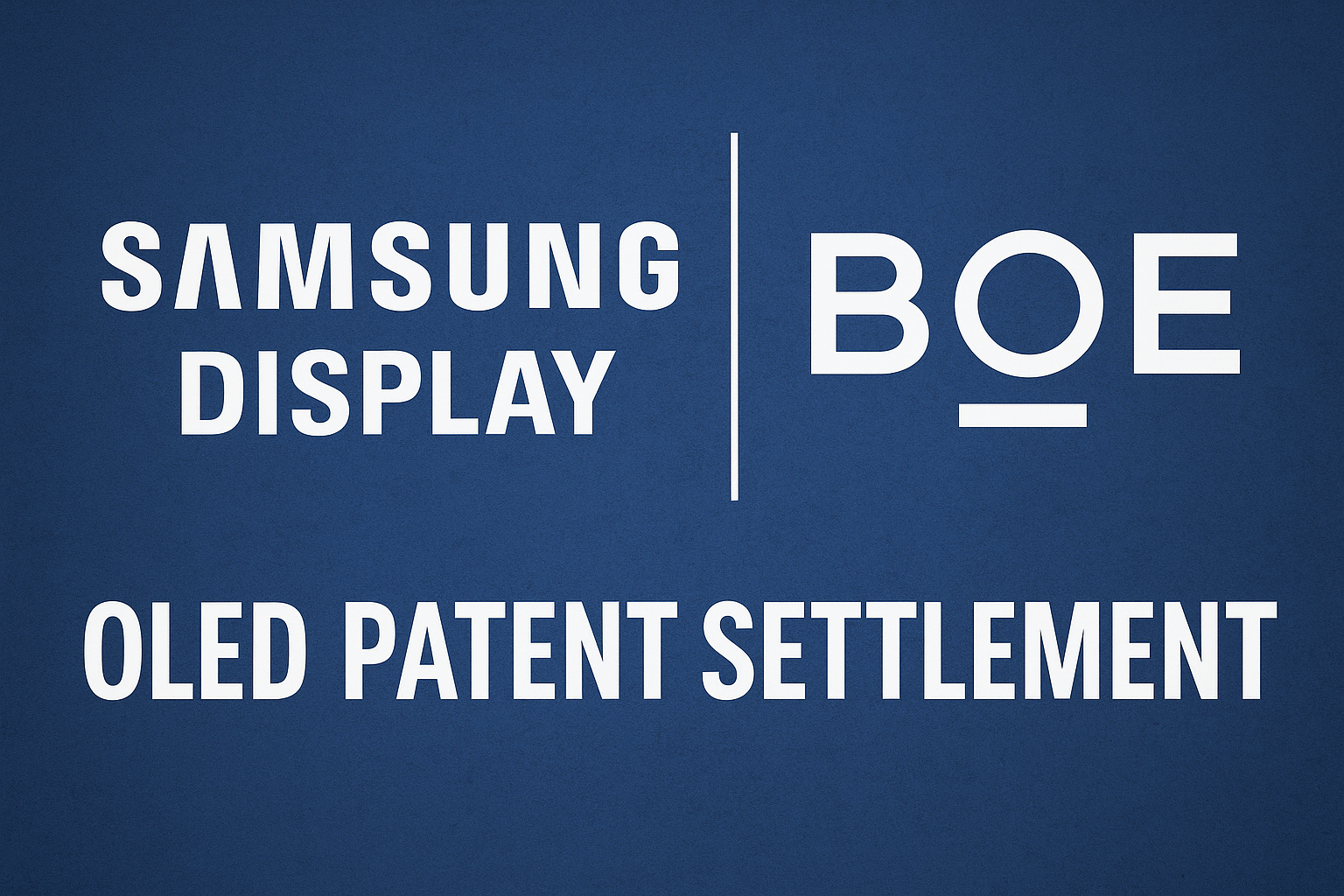The United States Patent and Trademark Office (USPTO) has released new guidance that reshapes the debate on artificial intelligence in patent law. The agency has made it clear that AI systems cannot be recognised as inventors. Only human beings with genuine inventive contribution can hold that status. The announcement delivers clarity at a time when AI-assisted innovation is booming across sectors.
The USPTO confirmed that it will not introduce a special or separate test for inventions created with the help of AI. It withdrew its earlier proposal that sought to rely on the Pannu factors, a legal framework used to evaluate joint inventorship. The office said those factors were not designed for AI and should not apply to human inventors who merely use advanced tools. The agency stressed that the traditional inventorship standard remains fully intact.
Officials stated that generative AI, machine learning engines, and other computational systems function as sophisticated tools. They do not possess legal identity, intent, or the ability to conceive an invention. As a result, they cannot fulfil the legal requirements for inventorship. The office added that inventorship demands a human mind capable of forming the key inventive concept.
The guidance aims to prevent confusion as AI becomes more deeply embedded in research and development. Many applicants have questioned how to attribute inventorship when AI plays a major role in idea generation. The USPTO’s ruling places the burden on humans to show clear inventive contributions. Researchers must document how they shaped the idea, selected AI outputs, refined the concept, or solved the underlying technical problem.
The move brings the United States in line with major global jurisdictions. The European Patent Office, the UK Intellectual Property Office, Japan, China, and India also reject the idea of AI as an inventor. Only South Africa has accepted an AI-named inventor, and that decision was based on a procedural system that does not examine substantive requirements.
Industry experts view the USPTO’s decision as a stabilising force in a fast-moving landscape. They say the clarity will help companies file cleaner applications and avoid costly legal battles. They also note that the ruling could push lawmakers to consider future legislative changes as AI systems grow more independent.
The agency reaffirmed that AI-assisted inventions remain fully patentable. It emphasised that the decisive factor is human contribution, not the involvement of intelligent software. Innovators can freely use AI to ideate, analyse data, generate designs, or simulate outcomes. The key requirement is that a human must ultimately conceive the inventive idea and meet established patentability standards.
The USPTO’s guidance marks a pivotal moment in the evolution of intellectual property law. It reinforces human creativity as the foundation of inventorship while allowing powerful AI tools to accelerate innovation. The agency’s stance sends a strong message: AI can transform invention, but it cannot replace the human mind behind it.










